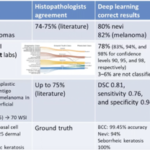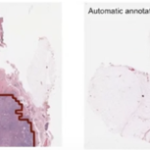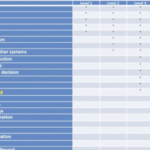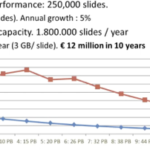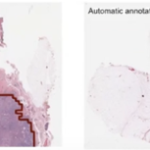- It is also called deidentification and as the term suggests consist of removing all identifiable features and in dermatology this would consist of:
- removing names and other upstream data and links to the electronic medical records (EMRs).
- changing image features.
- deidentifying links between different datasets for a given individual.
- However it is sometimes possible to identify a person with seemingly anonymous data. especially if the individual is famous:
- examples include radiology CT scans, encrypted medical data with subsequent identification by cross-checking with public records, and in Dermatology pictures where identifying features (eyes, nose) have been modified or deformed.
Reference: Big Data: A very short introduction by Dawn E. Holmes. Oxford University Press, 2017
